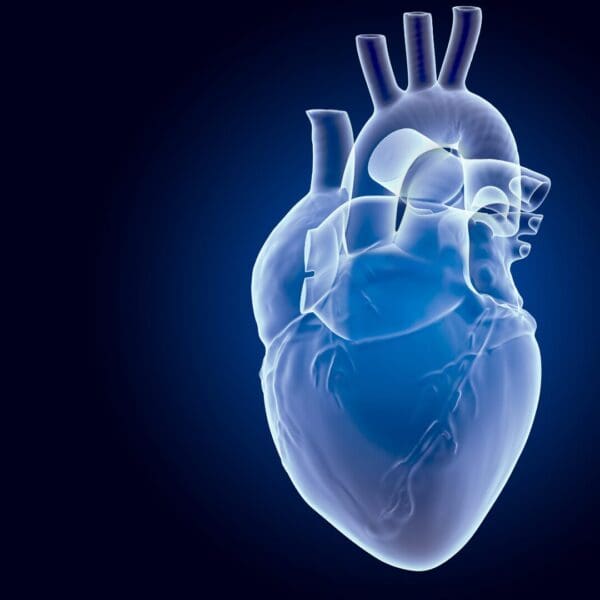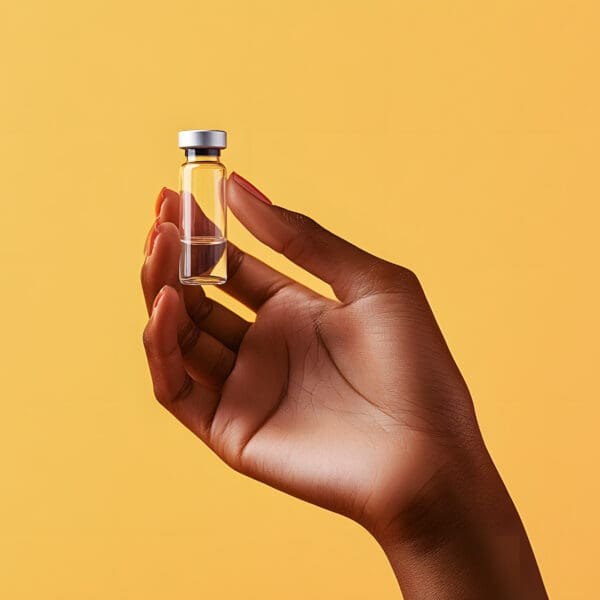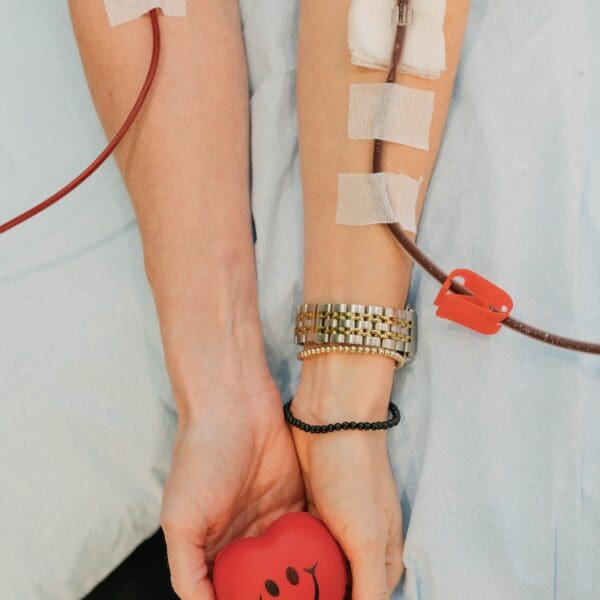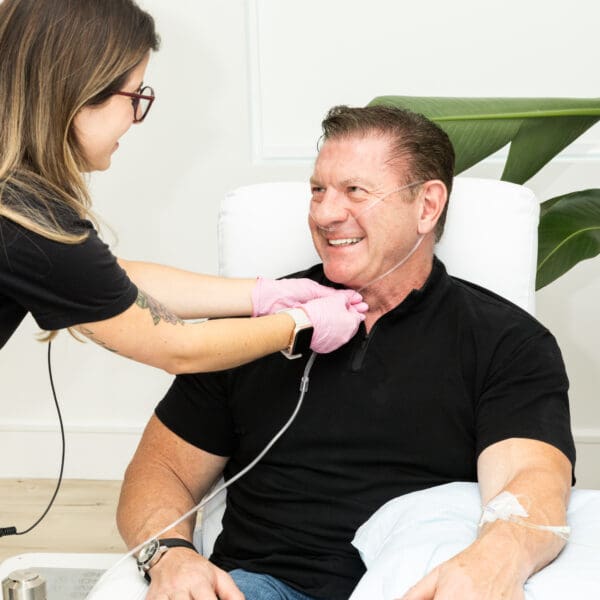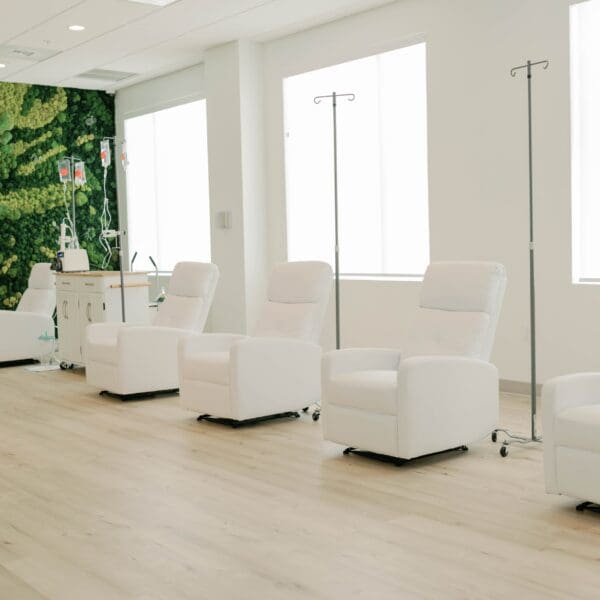“Which treatments are most important?” This is a question I hear frequently from patients seeking to understand our approach to wellness. My response? “Asking me to choose just a few treatments is like asking a parent to name their favorite children.” The truth is, while our clinic offers numerous modalities, they all share a common purpose: optimizing mitochondrial function.
Mitochondria–often called the powerhouses of our cells–are central to health, aging, and disease prevention. These remarkable organelles generate the ATP that fuels nearly every cellular process in your body. When mitochondria thrive, we experience vitality and resilience. When they fail, we see the hallmarks of aging, chronic disease, and cancer emerge. Our therapeutic approach focuses on one critical question: How can we enhance mitochondrial health? The answer lies primarily in activating the PGC-1a pathway, along with several complementary cellular signaling systems.
Understanding PGC-1a: The Master Regulator
Peroxisome proliferator-activated receptor gamma coactivator 1-alpha (PGC-1a) is a protein that acts like a master control switch for energy production in your body. It does two vital things: it helps create new mitochondria and makes existing ones work better.
This protein is especially important in parts of your body that need lots of energy–your muscles, brain, heart, liver, and fat-burning tissues. PGC-1a responds to different signals like exercise, cold temperatures, fasting, and cellular stress by ramping up energy production when your body needs it most.
How PGC-1a Orchestrates Cellular Energy
Think of PGC-1a as a conductor coordinating an orchestra of genes. It works with proteins called transcription factors (especially one called PPAR-γ) that turn genes on and off. These genes control how your cells produce energy, manage waste products, and maintain balance.
PGC-1a helps coordinate instructions from both your regular DNA and your mitochondrial DNA. This dual coordination is crucial for keeping your cellular energy systems running smoothly.
Beyond Energy: PGC-1a’s Quality Control System
PGC-1a doesn’t just make more mitochondria–it ensures they’re high-quality and working properly. It manages a sophisticated quality control system through two processes:
- Fusion: Allows mitochondria to combine and share resources, helping compensate for damage.
- Fission: Enables the separation of damaged mitochondrial segments so they can be removed through a process called mitophagy.
This quality control system keeps your mitochondrial network healthy and efficient, much like regular maintenance keeps your car running smoothly.
How PGC-1a Protects Your Cells
PGC-1a offers two major protective benefits:
- It activates your body’s natural antioxidant enzymes, protecting cells from harmful free radicals.
- It reduces inflammation by lowering inflammatory proteins (like TNF-α and IL-6) and inhibiting a major inflammation pathway called NF-κB.
This dual protection helps maintain cellular health and may slow the aging process.
When PGC-1a Isn’t Working Well
When PGC-1a activity decreases, health problems can develop. Lower PGC-1a levels are linked to:
- Metabolic disorders like obesity and type 2 diabetes
- Heart conditions like cardiomyopathy
- Brain diseases like Parkinson’s and Alzheimer’s
- Age-related decline in metabolism
Given its central role in maintaining cellular energy balance and mitochondrial function, PGC-1a represents a promising target for therapeutic interventions aimed at preventing or treating these conditions.
Modalities at PUR-FORM That Activate PGC-1a
At PUR-FORM, we offer numerous treatments that target this critical cellular mechanism. While each therapy works through different pathways, they all influence PGC-1a activity and mitochondrial function in some way. What’s fascinating is how these various treatments–from oxygen therapies to IV nutrients–all converge on this fundamental aspects of cellular health. Here’s how each of our treatments affects PGC-1a and mitochondrial function:
- Extracorporeal Blood Oxygenation & Ozonation (EBO2): EBO2 may increase PGC-1a by stimulating mitochondrial function in blood cells and activating relevant signaling pathways. By modulating oxidative stress and increasing ATP production, ozone therapy creates conditions that could potentially activate PGC-1a. The protocol also stimulates nitric oxide release, which has been linked to increased PGC-1a expression and mitochondrial growth. UV light exposure can also boost mitochondrial output potentially leading to PGC-1a up-regulation.
- Hyperbaric Oxygen Therapy (HBOT): Breathing pure oxygen in a pressurized chamber stimulates mitochondrial growth through the PGC-1a pathway in animal models of Parkinson’s disease. Even mild pressure increases can activate this pathway in muscle tissue.
- Intermittent Hypoxia Therapy (IHT): Chronic intermittent hypobaric hypoxia (CIHH) has been shown to up-regulate the expression of PGC-1a in heart cells, contributing to protective effects against hypoxia/reoxygenation injury. IHT has also been found to increase PGC-1a levels in normoxic (normal level of oxygen) conditions, although these levels may decline during prolonged high-alititude exposure.
- Cryotherapy: Cold temperatures strongly activate PGC-1a, which helps explain why cold exposure can boost metabolism and energy expenditure.
- Hydrogen Gas Therapy: Inhaling hydrogen gas increases PGC-1a expression and activates Sirtuin-1, a protein that enhances PGC-1a activity. It activates PGC-1a at both gene and protein levels, potentially leading to increased mitochondrial growth.
- Red Light Therapy: Red light (630-660 nm wavelength) stimulates energy production in mitochondria and activates signaling pathways that boost PGC-1a. It activates cytochrome c oxidase in mitochondria, boosting ATP production and creating mild oxidative stress signals. Red light also works through cAMP and calcium signaling to further enhance PGC-1a activity. This activates the AMPK pathway, which then activates PGC-1a. This leads to more mitochondria, better energy production, and improved cellular function. These effects resemble what happens during exercise, making red light therapy promising for muscle recovery and metabolic conditions.
- Intravenous CoQ10: CoQ10 stimulates PGC-1a by improving mitochondrial electron transport chain efficiency and reducing oxidative stress. It activates AMPK signaling, which directly phosphorylates PGC-1a. CoQ10 also enhances SIRT1 activity, increasing transcriptional activity, and promoting mitochondrial biogenesis.
- Intravenous Curcumin: Curcumin (from turmeric) increases PGC-1a expression through multiple pathways; it activates AMPK and promotes SIRT1 activity while suppressing NF-κB inflammatory signaling, which usually inhibits PGC-1a. Additionally, it enhanced Nrf2 activation, which up-regulates antioxidant response elements that work synergistically with PGC-1a to protect mitochondria from oxidative damage.
- Intravenous Resveratrol: Resveratrol is a potent SIRT1 activator that directly enhances PGC-1a activity. It also activates AMPK signaling and promotes calcium signaling through cAMP phosphodiesterase inhibition. These combined effects enhance PGC-1a transcriptional activity and mitochondrial biogenesis, mimicking some metabolic benefits of caloric restriction.
- Intravenous Methylene Blue: Methylene blue stimulates PGC-1a as an alternative electron carrier in the mitochondrial electron transport chain. This improves ATP production while reducing electron leakage and ROS formation. The resulting improvement in mitochondrial membrane potential and energy efficiency activates retrograde signaling pathways that up-regulate PGC-1a.
- Intravenous EGCG (Green Tea Extract): EGCG enhances PGC-1a through activation of AMPK and SIRT1. It also increases cAMP levels, activating PKA and CREB, which is a transcription factor for PGC-1a. EGCG’s antioxidant properties help reduce oxidative stress while paradoxically generating mild pro-oxidant signals that trigger hormetic responses, including PGC-1a up-regulation.
Whether through oxygen therapies, cold exposure, light therapy, or IV nutrients, each modality supports cellular energy production through complementary pathways. This is why I don’t identify a single “best” treatment—they work together synergistically. By focusing on mitochondria, we address not just symptoms but the fundamental mechanisms of aging and disease. Our approach creates resilience and vitality at the cellular level, enhancing the very foundation of health itself.
-Dr. P
